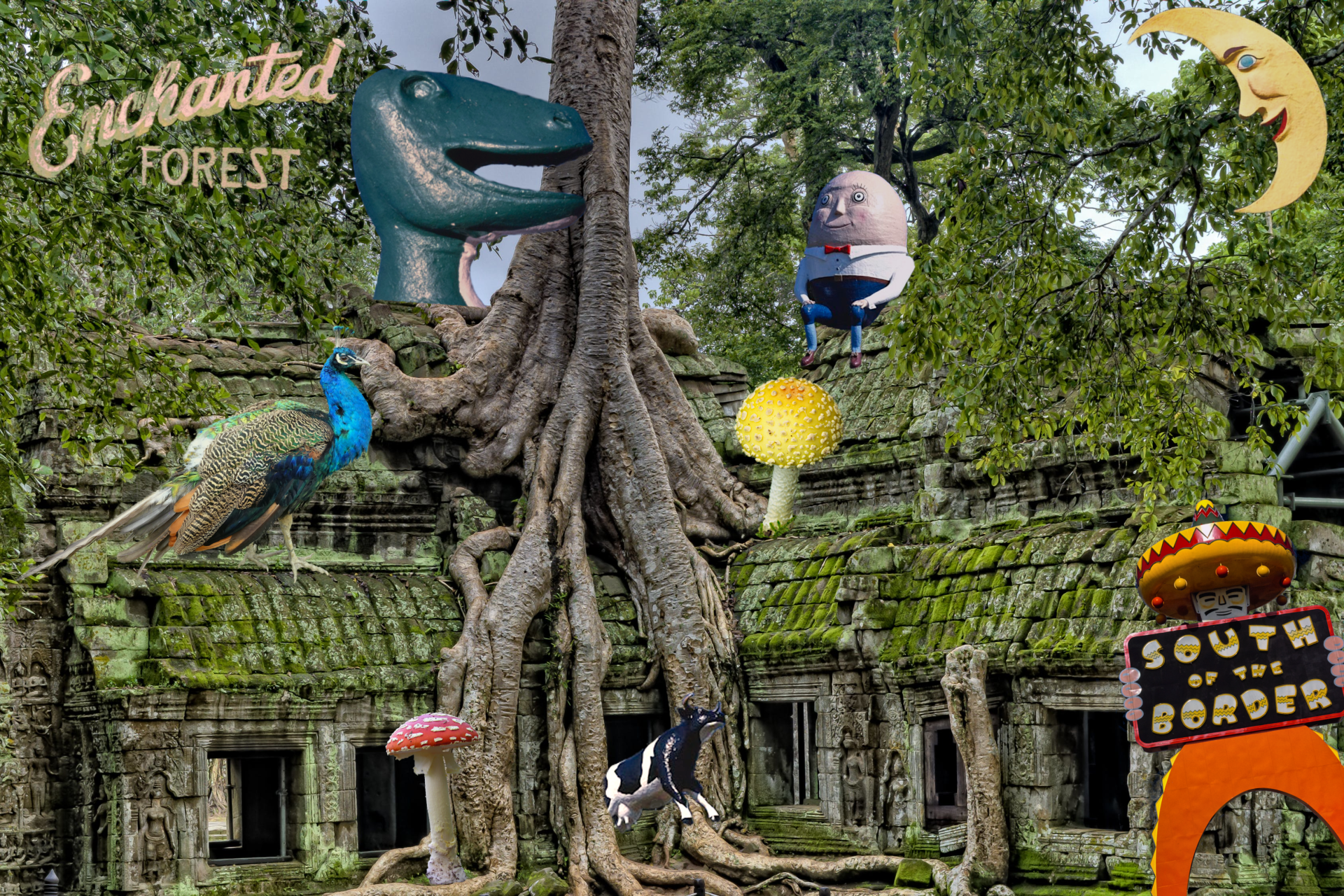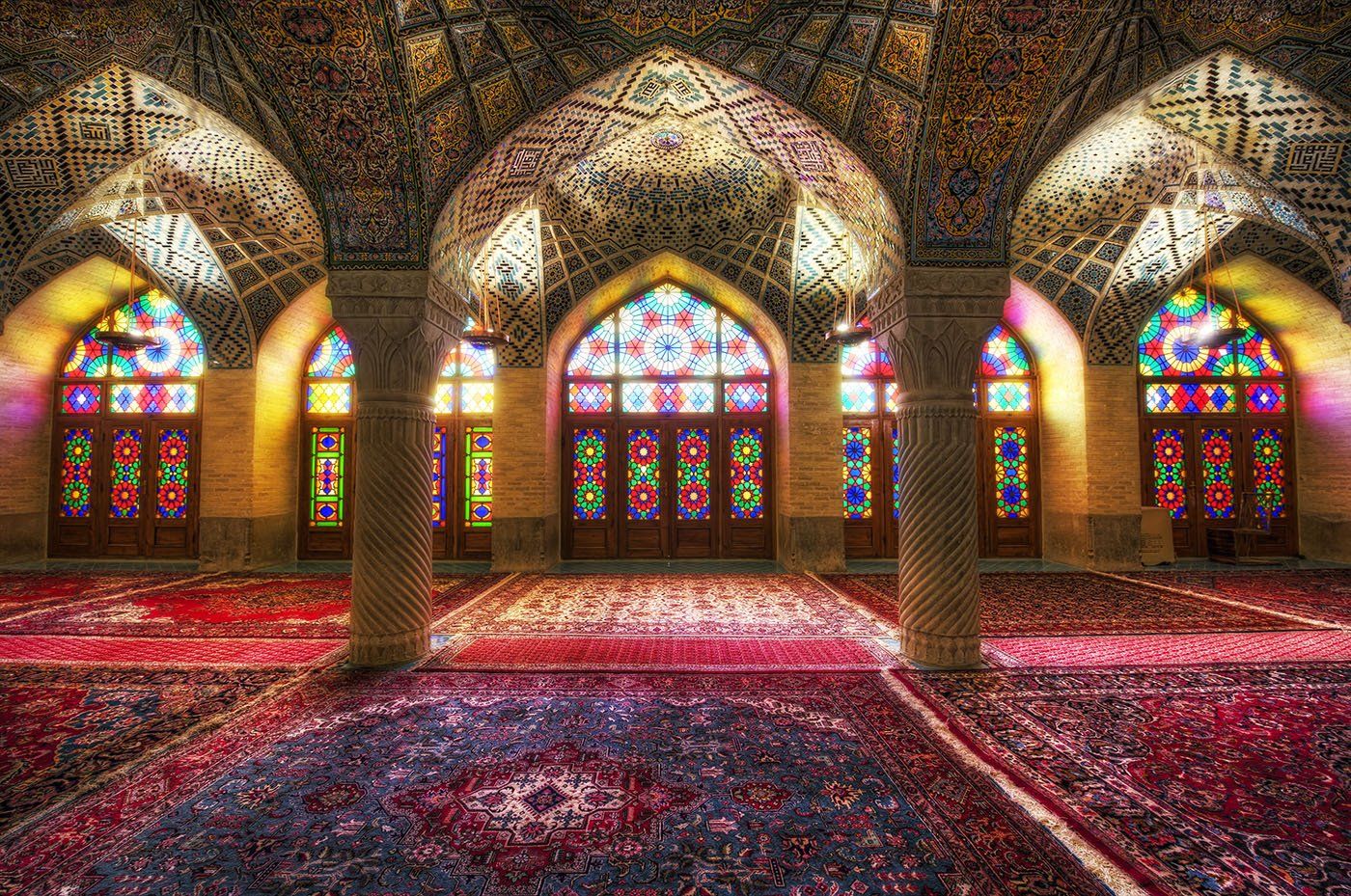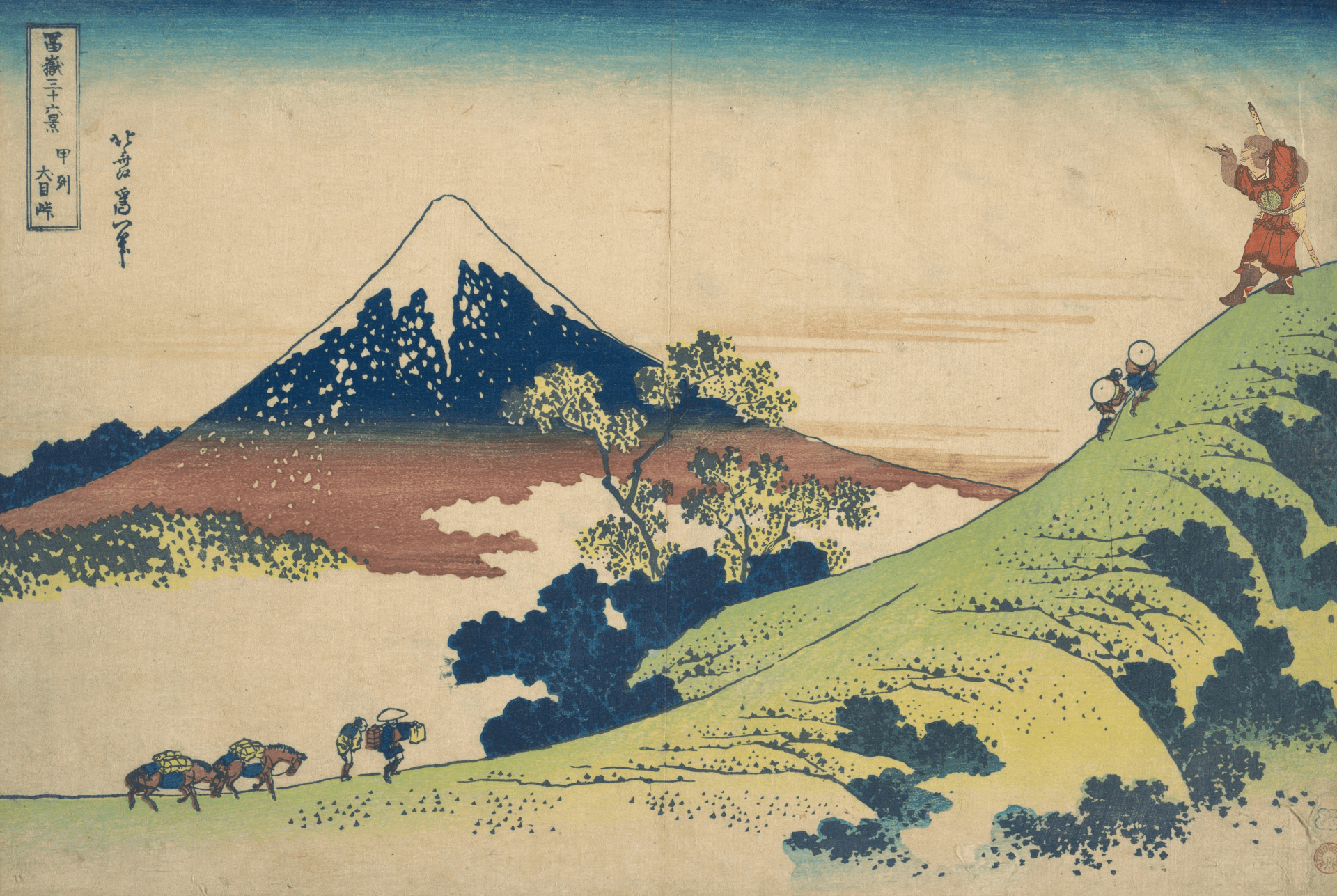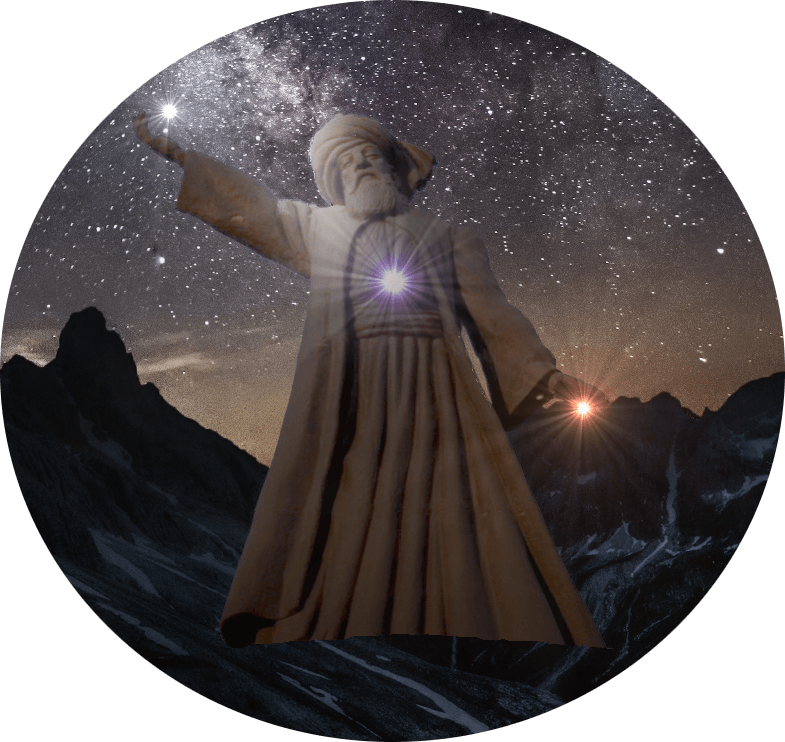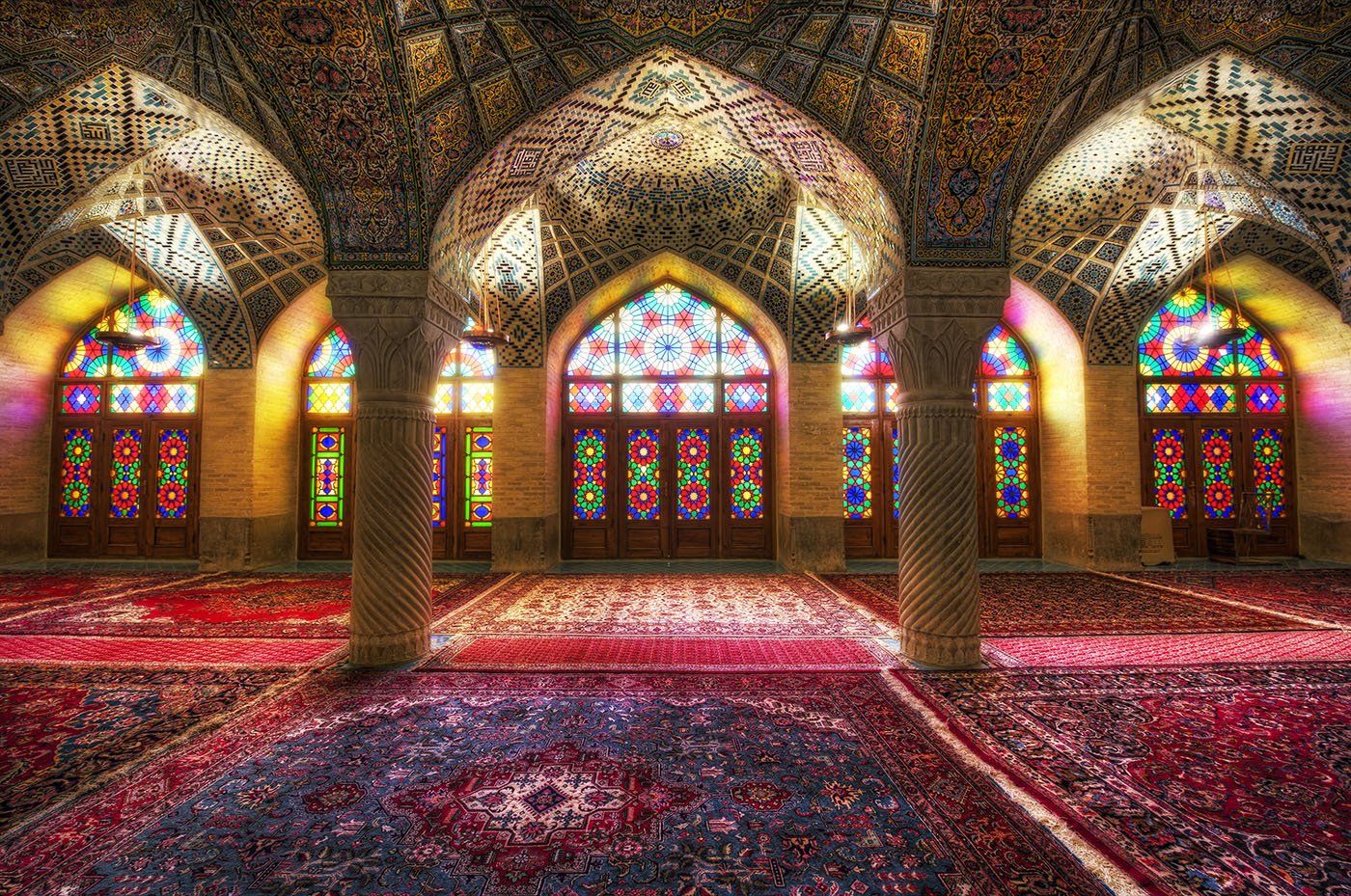
Heaven and Earth

It’s been a while since I’ve written. I had to check to see when that last was, and I believe it was on May 24th: here.
A lot has happened since then, and happened before then, and will happen after this; I don’t foresee myself having much time for this kind of creative expression till, maybe, next winter and beyond. For that, I need vaster and deeper pools of quiet to immerse myself in and to reflect on.
I want to say what I’ve been experiencing and going through, but I won’t; though this is an “intimate space” where I open my heart and share all kinds of things without reservation or filter, ultimately it’s not to serve so much as a journal and personal chronicle, in the limited human sense, but to point the reader (and myself, in the writing) to the universal and transcendent by way of the personal.
But, in summary: Master Lin said 2024 would be a year of tumult, transformation, and fire, with all that entails in both the literal and metaphorical sense – and it was.
I bought a house, too, and it needed (and needs) lots of work. I have a vision for what it will be, inside and out, but as I’ve learned, and am learning – yes, it is possible to visualize something into being, but in this physical reality that also means and entails lots of labor and suffering.
I gave much of that labor and suffering to others this past year (though it entailed different kinds of suffering for me on the “paying and coordinating” end of things); this coming year, and maybe the next couple of years after that, I will give that labor and suffering to myself.
Master Lin says, enlightenment happens in daily life.
Gurdjieff said, we earn a soul through conscious labor and voluntary suffering.
Jesus said, “If any man will come after me, let him deny himself, and take up his cross, and follow me.”
All that aside, and all that being in part why I haven’t written since May, there was also this – that I didn’t really know what to share, though something has been brewing for a few weeks, or maybe a couple months.
Maybe you’ve read this before: Higher Harmony. If you haven’t, maybe you should.
In it I said:
I sketch Shahnaaz, not because I don't have the time for something more, but because I've only caught glimpses of him. It's like a faint fragrance you catch in a crowd: no telling what it was or where it came from -- just enough to lift your heart a little before letting it down again.
Since then – that was almost 3 years ago – I’ve listened to a lot more Iranian classical dastgaah music, and a lot more of Ostaad Shahnaaz.
Maybe it’s an outgrowth of Qigong practice. Maybe it’s an outgrowth of the personal development through the last few years’ labors and sufferings. Maybe it’s just listening to the music again and again. Most likely, it’s an interplay of all those things.
But… I’ve come to understand and appreciate him better. I can think of a few moments in particular, a few recordings in particular, where I listened, the music caught me at the right time in the right way, and Ostaad Shahnaaz brought me into a new space of being.
It was like an initiation, and it helped me to understand with my being something I heard Ostaad Lotfi say in a talk on the history and theory of the music: namely, that the designers of this kind of music created it consciously using the conceptual framework of architecture.
Which is to say, the experience you have when listening to an improvisational performance of classical Iranian dastgaah music is like being taken into a building, or better yet (in my own words) a sacred space like a temple.
You enter the steps and pass through the front door, entering the receiving-space. Having entered the first floor, you are led into one room, then another, there to experience what those spaces have to offer. Then, from one room you might be taken into the next floor of the building, where a new space – related, but on a higher level and presenting a modulation or inflection of the lower space – opens up to you.
From there, you might be taken to another room on the same level, presenting further “inflections” of the same experience – or maybe you might go back down to the last level but in a different section, before going back up to the next level – and the next.
You can catch a whiff of the fragrance of the metaphor, I think, and let your imagination fill in the details. Or, better, you can listen to some of the music I’ll share below. Ultimately, what I’m writing isn’t going to say it, and this is only a step to where I’m trying to take you today.
In a sense, this is what I’ve envisioned for my new home – a sacred experiential space created consciously, with the intention of generating in the visitor – subtly, unconsciously – all kinds of impressions, all based on variations of the same unifying theme, with an effect that is healing, transformative, indelible.
As Ostaad Lotfi also said about this kind of music – one other purpose its creators had was that it should bring more harmony, beauty, and order into the being of the listener. I believe that is possible, and that it is a natural effect of deep listening to it. I think the effects ripple out even beyond that – I hope you don’t need me to spell it out for you, because I’ve just said it.
I can’t tell you everything I’ve come to understand and appreciate of Ostaad Shahnaaz – I couldn’t if I tried – but I will say two things, now having been initiated, having entered the temple and come back out: the first, an appreciation in general terms, the second, to bring things to a close and tie this up with a bow.
What I’ve found listening to this dastgaah music – and not just Ostaad Shahnaaz – is that, as I’ve said elsewhere – it’s a tradition with a fixed form. Like a language, it has a certain vocabulary, a certain grammar, even a set stock of phrases or poetic expressions, all of which are passed down as part of a tradition.
Or, beyond that, it’s a kind of musical-linguistic rhetorical tradition – not so much that anyone can say anything, but that one is trained and developed to present his rhetorical reflections in an accepted mode. The listener knows the general form and function, and part of the enjoyment is – how will he say it this time?
Which is to say – what I’ve found, given all that, is that you can listen to one artist, then another, then another. By listening to all these artists, you’re slowly, unconsciously absorbing the universal forms and structure, solidifying and strengthening your understanding of their nature.
At the same time, as your grasp on the universal form and structure solidifies, you are better able to notice the nuances and subtleties that each performer-artist brings to the form.
Some are more eloquent and fluent than others. Some may have a richer vocabulary, or have a knack for image-creation, or for creating deeper emotional experiences.
Master Shahnaaz – I read something online, which another Master (of the violin – Ostaad Parviz Yaahaghi) said about him: “Ostaad Shahnaaz closed the book on the taar.” Meaning – he said everything that could be said about it in his playing, and there’s nothing more to be added.
I think that’s right.
It’s so interesting to me.
You look at him, and you can see – this was a simple man with no ego. And you can hear it when he talks in interviews – as I said before, he reminds me of my grandmother: just no pretension, no lie, pure simplicity of being. A plain, unremarkable man. Even his face – an almost vacant gaze.
And yet, you listen to him, and it’s like, “I’ve never heard anyone do this before. Where is this richness coming from?”
In an interview, someone asked him, and I paraphrase from memory, “In all these years of your mastery, you’ve never taken on the cultivation of disciples, or only very few – why is that?”
He said, “Well, to teach them what I have to teach, they need to be at a certain level of mastery and understanding and experience already, and I haven’t found many students like that.”
I hear that in his playing.
He’s mastered the form and structure, the language, the grammar. He knows all the vocabulary and the inherited phrases and epithets. But – like a great orator – beyond having mastered the language, the forms, the phrases – he’s a master of pauses and silence, of tones and timber, implication and inflection.
This man, so simple and unassuming in outer form, hides, and reveals in his playing, an endless richness, variety, complexity, and a bottomless well of creativity. And so effortlessly, freely, fluidly.
That’s the appreciation; now, the bow.
But the most recent “initiation” in the understanding of his playing is this.
Let me share the recording where I first noticed it (it’s in the first 10-15 minutes or so):
A Collection of Improvisations
Then, I heard it in this recording of Ostaad Lotfi, which I’d listened to many times over the last few years without noticing what I’m about to talk about:
And I heard it in this performance recently, too, which was new to me, and which after finding I listened to over and over for a few weeks:
Now, having noticed it, I will see if I hear it more, though I’m not sure I will.
In each case, what you hear is a conversation between the drone rhythm-melody and the melody proper. I think you hear this sort of thing in the blues, or in banjo playing, and maybe lots of music and musical traditions. Maybe, to you, it isn’t a revelation or anything profound, but it – it was magic to me, and took me into a new being-space.
Do you know what it told me?
Here, we have a master, especially in the first two examples – old, settled in his art, alone, in the silence of his being, yet through his playing connected to the ever-living, ever-fresh source of life and creativity.
Having broken the silence with a few words, an introduction, a prayer, or a small lament, they catch the rhythm of the spirit, and the simple one-line melody splits into two – on the surface-level, the drone sets the rhythm, while the melody, listening to that, in response, takes flight like a bird – swooping, wheeling, turning, diving, gliding.
And again – they talk to each other, those parallel lines. And beyond that – sometimes the drone-rhythm becomes more like a melody, while the melody becomes more like a drone-rhythm.
All this in one man!
And again – this may not be a revelation to you or anything profound, but to me, it’s like the veil on a deep meaning slipped a little to show me something I hadn’t seen before.
To me, this is life – the balance of the drone and the melody.
In this life, we must labor and suffer, and this is our drone – get up, work, experience others’ unpleasant manifestations, suffer the pain of your body’s exertion, sleep, and repeat.
But, we can make contact with the transcendent, a spiritual or creative current or vision, and call it down into our life – something sweet, colorful, soft, mysterious, and many other wonderful things beyond that.
Our work, if we’re fortunate enough to make contact with that thing, is to bring it into this world of labor and suffering, to bring it fresh flavor, fragrance, color, and poignancy.
The music of their mingling, the melody and the drone, is the union of heaven and earth – a wonder, a blessing, and a gift.
1 January 2025

